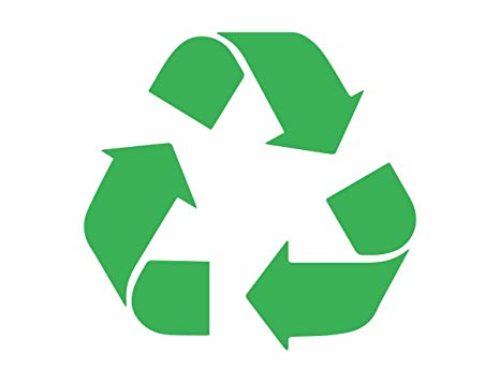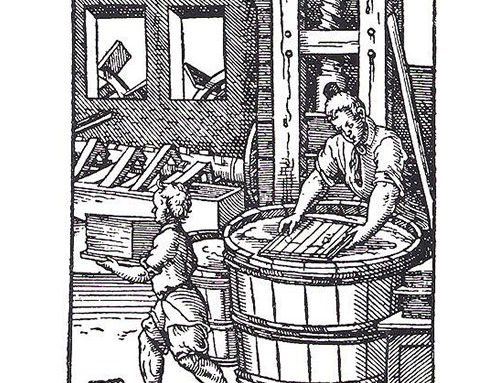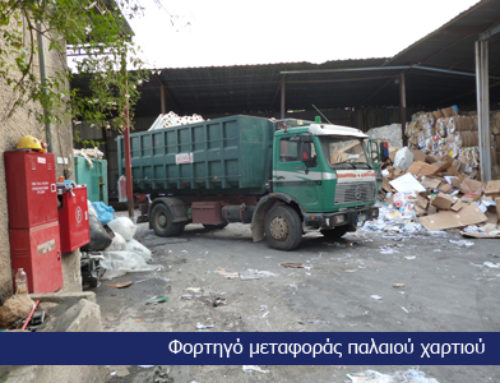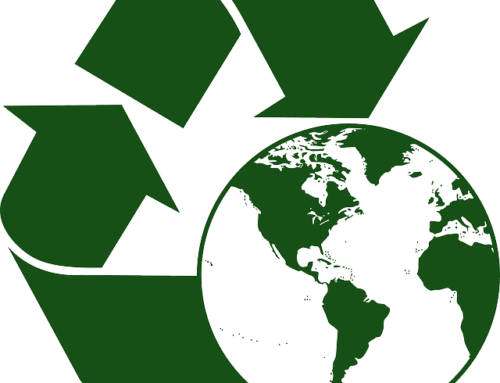In the early 20th century, peddlers already gathered systematically the used paper for recycling in the paper industry of the time. But paper consumption was very small, a few thousand tons per year. At that time newspapers, after been read, did not end up immediately for recycling, but turned into packing materials for wrapping products in the grocery shop or the fish in the fish shop.
The straw-boards were the main products of paper recycling.
The used newspapers, in any case few in number and of minimal copies, were the main packing material at the beginning of the century. The fishmongers, when they did not use rushes to “hang” the fish, they used to make funnels with old newspapers and put in there the fish purchased by the customer. The grocers used to wrap eggs with the old newspapers. The same was done by the greengrocers for the limited fruits and lettuces they were selling.
The recyclers of the time used to load on their backs or, the very most, on a cart the old newspapers and sell them as packing material in grocery, greengrocery, and other shops. Wrapping and luxury papers were little or no at that time.
Most papers were imported in Greece. From the papers produced in the country (mainly cigarette cartons, thick paperboards for nails, straw-boards for butchers and fishmongers later on), most of them -a 60%- came from old, used papers that the various “old paper-men”, as they were called, collected from the street, from printeries and from various factories and workshops.
The peddlers, the old paper-men, with the bags on their back gathered at most 50-100 kg of paper. Trolleys and carts were an important luxury for paper recyclers of the time.
There were no machines or presses. In the best case, a packing case was transferred on site and was used for the packing and binding of the papers with hoops, when the quantity was large enough. The paper was placed inside the packing case, was pressed in order to be compacted and, finally, a door was properly positioned for further press and compact. The mechanical patents, the first presses, appeared much later after the war. Most peddlers, until recently, carry the paper in large sacks (bourdes) from street to street until they deliver it for recycling.
Nowadays, the more organized peddlers have a motor tricycle or a small van. Early in the morning, a just woken up driver in Rendis and elsewhere in Athens will come across people, Greeks and foreigners, wheeling or dragging a wooden trolley loaded with cartons.
The most organized paper mills and graphic arts industries have begun to appear in our country early this century: “Fakeladiko” in 1918, “Ladopoulos” in Patras, the largest paper mill of Balkans at the time, “Aegli”, Aeghio Paper Mill in 1932, “Sarandopoulos” in Athens, “Kefalas” Paper Mill, “Athenian” in 1938.
EL.KA. graphic arts industry was transferred to Athens. The decade before the war is important for the flourishing of paper industry and graphic arts in Greece, as well as 60’s.
After the war, new entrepreneurs enter the field of paper and recycling. Koliopoulos, later PAKO paper mill, will open his own warehouse, gathering 8-10 tons of paper per day, when paper mills nowadays gather more than 200 tons of used paper per day.
However, organized paper recycling in Greece begun in 1960’s. Paper consumption had already risen sharply, so did production and the needs of industry in used paper, i.e. in raw materials for recycled paper. At that time, Elias Kyriakopoulos is organized in old paper marketing by his one-man business, mother of current DOANYS.
In the early 60’s, the “Biochartiki” in Aspropyrgos and “PAKO” in Pelasgia factories are built, exploiting the old papers.
A few years later, “Thessalian” and “MEL” of Thessaloniki will begin paper production, using straw from cereal crops as raw material, mainly in the plain of Thessaly.
Today, hundreds of trucks cross over Attica, Thessaloniki and other cities, and the national highways and collect or transport to industries used paper for recycling daily.
Paper consumption in Greece has exceeded 1,200,000 tons per year, when in 1976 did not exceed 400,000 tons. Every year 350,000 tons of used paper (250,000 tons from big producers such as supermarkets, factories, printeries, binderies, newspapers and magazines returns, and other 100,000 tons from houses, offices, etc.) are collected for recycling.
Thousands of people ensure the financial means to survive by collecting paper from the printeries or offices, from waste materials places in the street or shopping areas and markets, from schools or social agencies, or from people who collect even the smallest piece of paper believing that it will help protect the environment.
Paper towels ant toilet papers, packing papers, cartons and cardboard boxes are nowadays produced in our country by collecting used paper for recycling. However, to date there is no integrated modern policy to promote recycling in our country: legislative regulations, education, economic tools, information, investments. Paper recycling in our country, although it could, has not yet reached the high rates achieved in recent years in other European countries. Paper industry is not able yet to meet the quantitative and qualitative requirements of a modern policy to promote recycling and recycled products. Citizens in our country do not yet know thoroughly recycled products already in the market and much more the necessary demand for recycled products that will lead to a new qualitative leap the case of recycling in our country has not been created.





Leave A Comment